Interactive Data Sources
As you work through the Got Data? Tool, please feel free to use these suggested resources to guide your work. This is by no means an exhaustive list, however past teams and staff have personally vetted these resources and found them to be useful for working with data.
County Health Rankings
This data source will be useful to you and your team as you work on the Got Data? Tool. We encourage you to visit the site and explore their datasets and reports.
Community Commons
This site provides a curated collection of data tools, resources, and inspirational stories to guide and inform your work. The Maps & Data portion of this site features a variety of tools that allow you to use data sets to create layered maps visualizing complex geospatial relationships.
DataViz Cheatsheet
The DataViz Cheatsheet summarizes the core principles of data visualization via infographics. The cheat sheet can be viewed online or downloaded as a high-resolution PDF. Also included is a link to learn more about the author’s workshops and classes, called Core Principles, that further delve into data visualization.
SparkMap
SparkMap’s tools and data help inform, guide, and transform the work of organizations. Register for free to save your reports and maps and to unlock more features. Select either the Community Needs Assessment or Map tool to get started!
California Overdose Prevention Network (COPN) Measurement Guide
This measurement guide was created for coalitions. It draws from on-the-ground work with an array of local overdose prevention coalitions affiliated with the Center for Health Leadership and Impact’s overdose prevention networks and is organized around the sequence in which any coalition (overdose focused or not) need to work with data.
There’s no expectation that you will read through these chapters from start to finish. Your team, for example, may be well-versed in where to go to obtain data but need support with analyzing and communicating findings. Or maybe, you have easy access to a communication team who can help you frame messaging and spread the word, but you don’t know where to find relevant data. In short, start (and end) your use of this guide where it makes the most sense for you.
Additional Resources
Find Tools
Get Data
Make Maps
Tell Stories
PhotoVoice Video (shared during the webinar)
Digital Storytelling: Translating the Photovoice Method into a 21st-Century Empowerment Tool
Make Infographics
Examples:
Stable Jobs = Healthier Lives - Robert Wood Johnson Foundation
Vulnerable Populations Infographic: Access and Functional Needs - Spokane Regional Health District
Your Health in One Drop Infographic - Wellness Fx
Sugary Drinks and Latino Youth Infographic - Salud Today
Prevention Means Business Infographic - PHI & American Public Health Association
